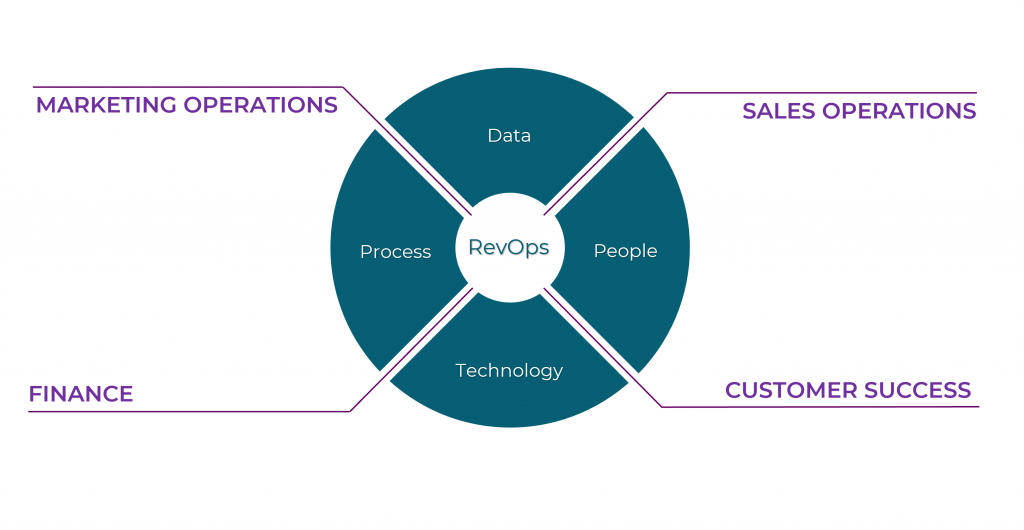B2B Marketing Planning Survey - 2025
Insights from the 2025 B2B Marketing Planning Survey
Marketers at B2B companies are increasingly frustrated by the lack of appropriate planning tools to manage their annual marketing strategies. Our recent survey conducted in January 2025 reveals how marketing leaders in mid-sized B2B companies approach marketing planning, the tools they use, their satisfaction levels, and the challenges they face.
Try B2B Planr free for 30 days – marketing planning software for B2B teams with free cancellation anytime.
Study Methodology
The basis for the study was an online survey completed by 100 B2B marketing leaders. To qualify for the survey, marketing leaders must have responsibility for planning B2B marketing strategies, programs, campaigns, and tactics either completely, or as part of a marketing team. Respondents were US based and working full-time in relevant marketing roles at the time of the survey.
Key Tools for B2B Marketing Planning
The survey showed a diverse range of tools being used by marketers to plan campaigns, strategies, and tactics. Here’s the breakdown of the most popular tools:
- Customer Relationship Management (CRM) software: Used by 61% of respondents, CRM remains a key part of the B2B marketing tech stack. It helps teams manage leads and maintain client relationships.
- Collaboration and Project Management tools: Adopted by 49% of respondents, these tools facilitate teamwork, tracking actions and their status, aiding alignment within and across departments.
- Classic productivity tools (Excel, PowerPoint): Despite their limitations, 45% of respondents still rely on these tools for planning.
- Marketing Automation platforms: Used by 33%, automation tools streamline repetitive tasks and improve campaign efficiency.
Almost half of respondents (47%) were using multiple, disparate systems for their planning needs. Only 21% of respondents reported using dedicated marketing resource management (MRM) platforms.

Satisfaction with Current Tools
Marketers’ satisfaction with their selected tools varied across different functionalities. Generally, most found their primary tool or platform easy to use, but often lacked an ability to track marketing spend, report real-time results, and integrate with existing systems, data, and platforms.
- Ease of use: 29% were very satisfied, while 58% were somewhat satisfied.
- Integration with existing data sources: Only 18% were very satisfied, with almost one third (29%) indicating room for improvement (neutral or dissatisfied)
- Real-time insights: 26% were very satisfied, but 26% remained neutral or dissatisfied, highlighting a gap in actionable data delivery.
- Tracking actual spend against planned spend: A modest 21% expressed high satisfaction, and more than one quarter (27%) emphasizing a need for better financial tracking capabilities (neutral or dissatisfied). This was the only category where respondents claimed to be very dissatisfied with their current tools.
- Flexibility to track multiple campaign types and details: Had the second lowest level of overall satisfaction with 34% either neutral or dissatisfied with their current solution.
- Ability to share with stakeholders: Had the lowest level of satisfaction (36% being less than satisfied with their current solution).

Overall, the level of satisfaction of with existing tools was very low, with a Net Promoter Score (NPS) score of -26.
Key frustrations by solution type:
- CRM: Most satisfied with ease of use. Least satisfied with flexibility. Overall NPS: -32.
- Marketing Automation: Most satisfied with ease of use. Least satisfied with tracking spend. Overall NPS: -9.
- Productivity Software: Most satisfied with ease of use. Least satisfied with flexibility. Overall NPS: -24.
- Collaboration & Project Management: Most satisfied with ease of use. Least satisfied with ability to share. Overall NPS: -22.
- Marketing Resource Management: Most satisfied with ease of use. Least satisfied with ability to share. Overall NPS: -33.
- Multiple Systems: Most satisfied with ease of use. Least satisfied with flexibility. Overall NPS: -26.
Top Challenges
Respondents highlighted several pain points with their current tools:
- Integration issues: Many systems fail to seamlessly connect with others, creating inefficiencies.
- Budget constraints: Limited resources often restrict access to advanced tools.
- Data silos: Fragmented data sources make it difficult to form cohesive strategies and understand results.
- AI adoption: While AI promises transformative capabilities, integrating it effectively remains a challenge.
What Marketers Want in Planning Tools
When ranking features for marketing planning tools, respondents prioritized (1 highest rank, 6 lowest rank):
- Integration with other platforms and data (mean score: 2.9).
- Real-time dashboards and reporting (mean score: 3.0).
Cost-effectiveness and customization options, while important, ranked slightly lower, with mean scores of 3.6 and 3.7 respectively.
The Appeal of New Solutions
Two conceptual tools—a lightweight, specialized planning tool and a comprehensive marketing suite—were presented to respondents:
- The lightweight tool received high interest, with 49% finding it “very appealing.”
- The comprehensive suite was favored for its “all-in-one” capabilities, but concerns about cost and complexity were noted with only 38% finding it “very appealing”.
Actionable Insights for CMOs
For marketing leaders looking to address these challenges:
- Invest in tools that integrate seamlessly with CRM and automation platforms.
- Prioritize real-time analytics and reporting to enhance decision-making.
- Explore specialized planning tools as they may address the challenges and frustrations of existing solutions.
Conclusion
The survey highlights an underlying issue with the availability of fit-for-purpose B2B marketing planning tools. Companies are currently making do with tools that were not designed to solve this problem (or worse, a combination of tools adding complexity and time).
To Download the full report, please enter your details below:




